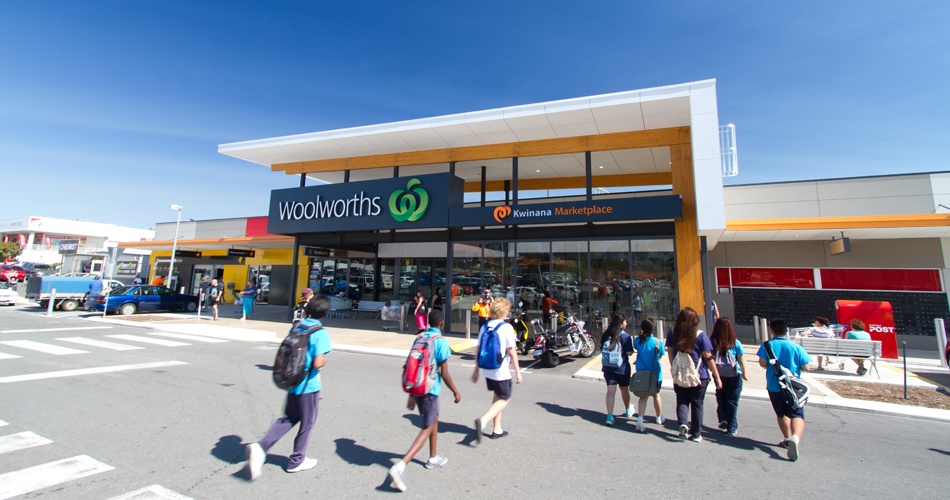Retail Centres After COVID – Designing for Local Convenience
More frequent and shorter visits to local retail centres is the new ‘shopping’ normal. That is the thinking we are applying to new design work after reviewing industry feedback. What is most apparent from visiting centres is the even spread of shopper numbers over the course of a day and week with more people working from home. This is particularly noticeable in neighbourhood centres that offer high levels of convenience. And in areas with travel distance restrictions, where neighbourhood centres have become a lifeline, creating a safe and efficient environment has become a necessity.
In our second post on retail centres after COVID we focus on design factors that enhance local shopping convenience. The key factors are centre attraction, accessibility, essential offerings, local connectivity and being in-tune with the evolving situation.
Customers are more likely to return, possibly daily in this environment, if a centre makes a noticeable effort to be visually inviting and easy to navigate by car and foot (or accessibility aid) and this begins outside the centre. It is no longer enough to maximise parking visibility or car bay availability with highly efficient parking layouts. Site entries must be logical and convenient, with enablement of good traffic flow assisted by appropriate aisle widths and comfortable bay sizes. In order to garner local customer loyalty car parking environments must also be safe for pedestrians, provide good accessibility, be free from trolleys and other encumbrances, and provide comfort through shade/greening. The architectural legibility of the building and a clear signage strategy, particularly around entry points, can impact upon whether patrons enter the centre feeling relaxed, frustrated, confused or inconvenienced.
Once inside the centre the customer must be confident that a range of essential services are readily available, such as grocery options and the centre’s health-related offerings, such as pharmacies and wellness outlets. Again, wayfinding and signage strategies play a part, as do a coherent mall design and low encroachment along direct view paths. Appropriate space to move within the mall has never been more important. Where a multitude of kiosks, dining zones, tenancy outgos and displays once competed with patrons for coveted square meterage on the terrazzo, we will likely see increased free volume return to the mall to allow both comfort and efficiency for visitors.
Also important is the centre’s connection with the local community. If the centre is nestled amongst retirement and aged-care facilities the local community will expect their COVID concerns will be addressed. In this instance the importance of the above-mentioned design features increases, but so too does creating a safe environment for community interaction in the event of restrictions. A wave to a neighbour during an essential shopping trip or a brief conversation at an appropriate physical distance may improve mental health outcomes for those most vulnerable in our communities. Good design will also address anxiety levels around centre cleanliness and adherence to state COVID regulations without the clinical look.
















